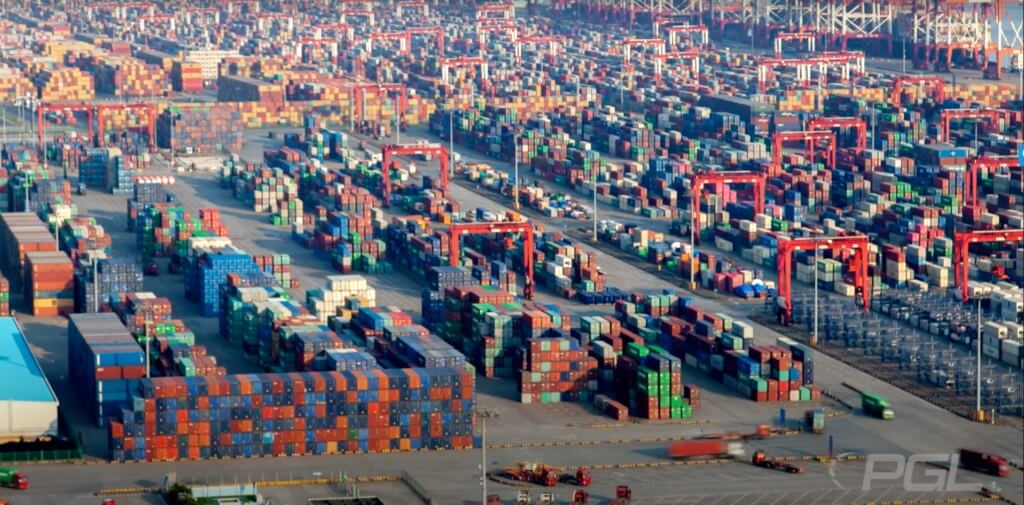China’s “New Normal”: Managing Manufacturing & Supply Chain Expectations for 2023
January 2023
On the heels of China abandoning their “Zero Covid” policy, businesses and investors are expecting a surge of Covid cases that will likely cause manufacturing and supply chain disruptions in the first half of the year, if not longer. Savvy businesses will make moves to mitigate the impact of these issues, but it’s not all bad news, as we will explore here.
The two major factors that will have the greatest impact are labor shortages and disruption in logistics.
For the workforce, the challenges come in the form of a spike in Covid cases leading to lost hours availability and technology implementation which could be more difficult to institute with skilled workers to install and maintain this technology being in shorter supply.
When it comes to logistics, trans-pacific trade has evolved to address the impact of Covid in general. The global supply chain shifted from “just in time” logistics and instead implemented “just in case” logistics. This has lead to an industry-wide scramble to obtain warehousing stateside, thereby adding cost. In addition to this, we can expect higher freight pricing and extended timeframes.
To stay ahead of potential supply chain disruptions, companies should explore these three options:
- Inventory materials and plan ahead. Whether that’s stockpiling raw materials or key components, having greater-than-usual stock on-hand can make the difference when it comes to keeping manufacturing online.
- Identify alternative suppliers. Doing this work in advance and having “Plan B” conversations can help grease the skids if your primary supplier hits a roadblock.
- Invest in technology. Simply put, automation, while not an antidote, can have a significant impact on mitigating the effects of the unknown.
Is China’s delayed pandemic too hot to handle for your business? If so, relocating some or all of your production to Vietnam can be a viable alternative. Due to their proximity to China, affordable workforce and well-developed trade agreements, many are finding this option attractive.
So what is the good news, you ask? There are reasons for optimism in the future, taking the form of relaxed travel and quarantine restrictions, allowing for the exploration of new partners that has been limited since the Pandemic began, and, perhaps best of all, lower cost of doing business with expected moves such as tax breaks, government incentives, and free trade agreements.
Though the situation isn’t without its challenges, if the last few years have taught us anything, it’s that business keeps moving, and PGL is here to keep your business moving. Visit ShipPGL.com, and let us help you find peace of mind with your logistics and supply chain concerns.
Follow us on social media at @ShipPGL





